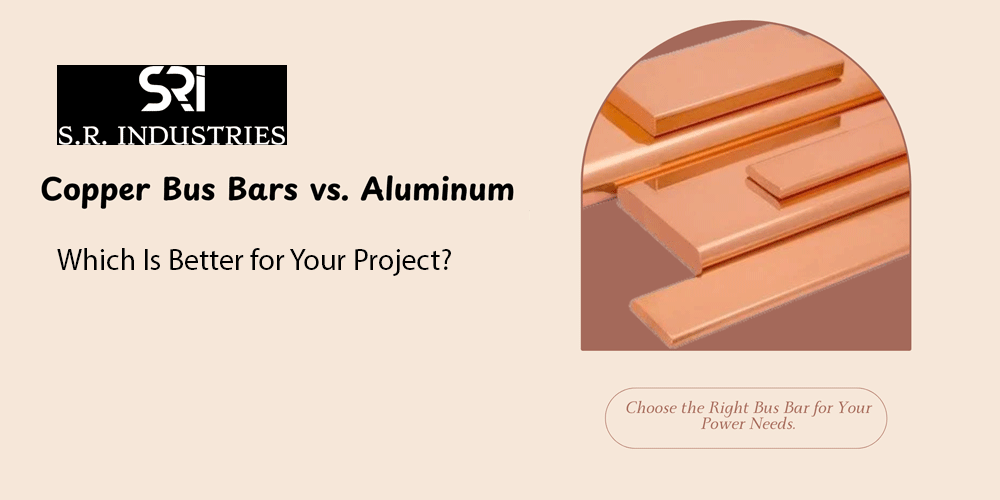
Key Properties of Copper:
Copper is known for its exceptional ability to conduct electricity. In fact, it performs about 60% better than aluminum in this area. This means you can use thinner copper bars to handle the same electrical load, making installations more efficient and freeing up valuable space.
When it comes to strength and reliability, copper has a clear advantage. It holds up well under pressure, handles vibration and stress better than most metals, and doesn’t expand or warp easily when exposed to heat. That’s why copper is often preferred in demanding environments where long-term performance matters.
Copper naturally forms a thin oxide layer on its surface, but unlike some other materials, this doesn’t interfere with its ability to carry current. That means systems built with copper bus bars generally need less maintenance over time, which is a major plus in critical applications like hospitals, data centers, or power plants.
Key Properties of Aluminum:
Aluminum’s biggest advantage is its low weight—it’s about one-third the weight of copper. This makes it especially valuable in large-scale electrical installations, where minimizing structural load is important. It’s widely used in settings like high-rise buildings, power generation facilities, and even aerospace applications, where every pound matters.
One of the main reasons aluminum is so commonly used is its cost-effectiveness. Depending on market conditions, aluminum can be 30% to 50% cheaper than copper. For contractors or engineers working with limited budgets—or sourcing materials for large-volume projects—aluminum bus bars can offer significant cost savings without sacrificing functionality.
| Feature | Copper Bus Bar | Aluminum Bus Bar |
|---|---|---|
| Conductivity | Excellent (~100% IACS) | Good (~61% IACS) |
| Size for Same Current | Smaller cross-section | Larger cross-section |
| Weight | Heavy | Lightweight |
| Cost | Higher | Lower |
| Mechanical Strength | High | Lower |
| Corrosion Resistance | Better (forms conductive oxide) | Needs treatment or tinning |
| Thermal Expansion | Lower | Higher (can loosen connections) |
| Installation Handling | More rigid, harder to bend | Easier to handle and install |
Copper is the preferred choice in high-end electrical systems where performance, durability, and reliability outweigh cost concerns.
Copyright © 2025 S.R. COPPERTECH PRIVATE LIMITED
Powered by : #1 Vinayak InfoSoft - SEO Company Ahmedabad